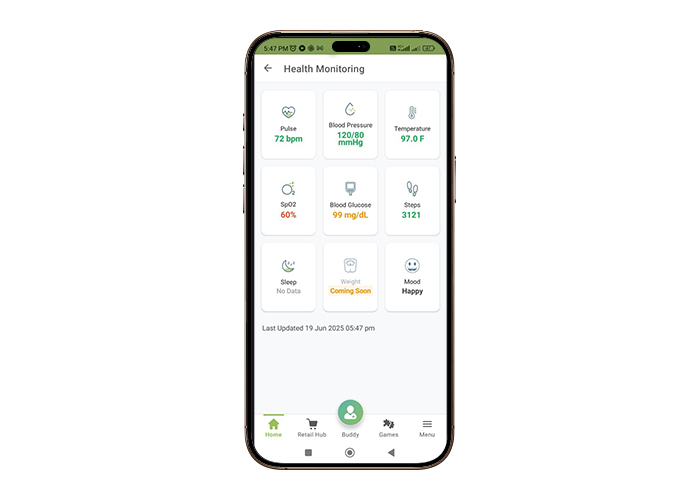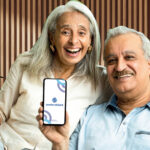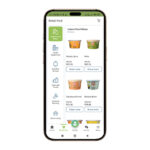For many seniors, the path to better health starts with something simple: paying attention to vital signs. These small checks, done regularly, provide valuable insights and help prevent bigger health issues down the line. Monitoring vital signs at home empowers seniors to take an active role in their own care. It allows them to notice subtle changes before symptoms become serious, reducing the risk of hospital visits. This simple habit can improve communication with doctors, guide timely treatment decisions, and support a longer, more independent life. Here, we share some useful insights on the importance of vital sign monitoring for seniors:
Vital signs offer a real-time glimpse into the function of the body. These measurements can indicate everything from hydration levels and infection to cardiac stress and respiratory issues. For seniors, small fluctuations in vital signs can indicate serious health changes. Conditions such as hypertension, diabetes, arrhythmia, and chronic obstructive pulmonary disease (COPD) are common symptoms, which often progress silently unless vitals are tracked regularly.
Key benefits of regular vitals monitoring:
- Early detection of health deterioration
- Prevention of hospital readmissions
- Better chronic disease management
- Informed treatment decisions by healthcare providers
- Increased peace of mind for family members and caregivers
Vital signs that should be monitored
Let us break down the key vitals that should be regularly tracked and why each one matters.
- Blood pressure
Blood pressure is one of the most important health indicators, especially for seniors. High blood pressure, or hypertension, is common and often develops without noticeable symptoms. Left unmanaged, it increases the risk of stroke, heart disease, and kidney problems. Low blood pressure, on the other hand, can cause dizziness, fatigue, or even falls. Seniors should monitor their blood pressure regularly, ideally once a day if they have a known condition. A reading consistently above 140/90 mmHg or dropping below 90/60 mmHg may indicate the need for medical attention or a change in treatment.
- Heart rate (pulse)
Heart rate reflects how hard the heart works to pump blood through the body. A resting pulse between 60 and 100 beats per minute is considered normal. For seniors, changes in heart rate can signal issues such as arrhythmias, dehydration, or stress. A pulse that consistently falls below 60 or rises above 100 beats per minute, without medical cause, should be evaluated. Seniors with heart conditions may benefit from daily pulse checks, while others may monitor it less frequently. Observing for skipped beats or irregular rhythms is also important, as these can be early signs of underlying cardiac problems.
- Respiratory rate
The respiratory rate measures how many breaths a person takes each minute. For healthy adults, this rate usually ranges from 12 to 20 breaths per minute. In seniors, a higher rate can suggest respiratory infection, heart failure, or worsening chronic lung disease. Difficulty breathing, shortness of breath, or wheezing may also appear before other symptoms become clear. Respiratory rate should be monitored every few days or more often if the senior has a lung condition such as asthma or COPD.
- Body temperature
Body temperature is a simple yet powerful sign of the body’s internal condition. In seniors, even a mild fever can indicate a serious issue such as pneumonia, a urinary tract infection, or another inflammatory illness. Normal temperature ranges around 97°F to 99°F, but values slightly above or below that can be cause for concern. A temperature over 100.4°F may signal infection, while a reading below 96°F can also suggest underlying problems. Seniors may not always show strong symptoms, so regular temperature checks—especially during illness or when feeling unwell—can ensure early detection and reduce the chance of serious outcomes.
- Oxygen saturation (SpO2)
Oxygen saturation refers to the percentage of oxygen the blood carries from the lungs to the rest of the body. This is easily measured with a pulse oximeter, a small device clipped to the finger. Seniors with heart or lung conditions such as COPD, asthma, or heart failure should monitor SpO2 levels regularly. Normal readings are typically 95% or higher. A drop below 92% may suggest inadequate oxygenation and should prompt medical attention. Symptoms such as confusion, bluish lips or fingers (cyanosis), and difficulty breathing often accompany low SpO2. Regular monitoring helps prevent serious complications and supports better respiratory care.
How to integrate vitals monitoring into daily life?
With a few simple steps, seniors and caregivers can make it a comfortable and routine part of the day. A good time to begin is in the morning. Checking blood pressure, heart rate, and oxygen saturation after waking and before eating helps establish a consistent baseline. A second check after lunch may be useful, especially if the senior is taking medication or is under observation. Additional readings should occur whenever symptoms such as fatigue, dizziness, or shortness of breath appear. Keeping a weekly log using a notebook, spreadsheet, or mobile application helps track trends and provides valuable information for healthcare consultations. Regular monitoring creates better awareness and supports early action if any changes occur.
Looking for information on online vital sign monitoring for seniors?
Our comprehensive health platform is thoughtfully designed for seniors who value their independence while embracing the support they deserve. With our all-in-one solution, managing health becomes simple, effective, and truly empowering.
Our smart wearable watch automatically monitors essential health metrics including SpO2, pulse rate, blood pressure, temperature, weight, blood glucose, daily steps, and sleep patterns. Seniors can also manually enter data as needed. Instant alerts are sent if any reading falls outside the safe range—ensuring that a trusted buddy is notified right away to provide guidance and support.
Seniors can also connect with compassionate primary care physicians and a wide range of specialists, including physiotherapists, psychologists, Ayurveda experts, and nutritionists—all through our user-friendly app. Prescriptions turn into automated reminders, and health updates can be easily shared with family to keep everyone in the loop.
Our secure medical records feature allows seniors to upload, organize, and store all documents—prescriptions, lab results, discharge summaries—by date and category. Sharing with family and healthcare providers takes just a tap.
From medication and hydration to exercise and appointments, our app ensures seniors never miss a beat. Tailored reminders help build consistent healthy habits and keep wellness goals within reach—every single day.
Email Address: hello@seniorshield.in
Contact No: 9980866700







